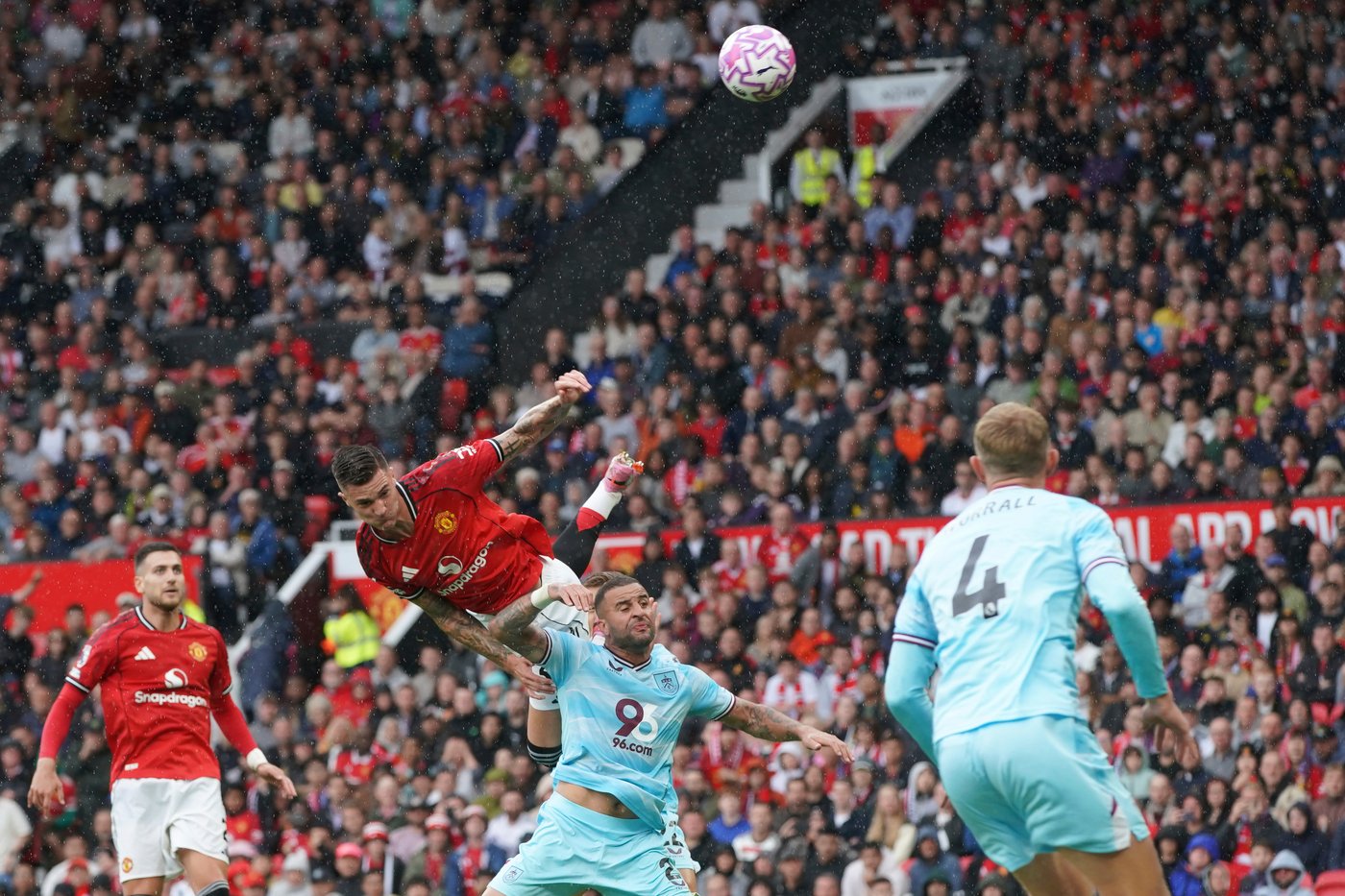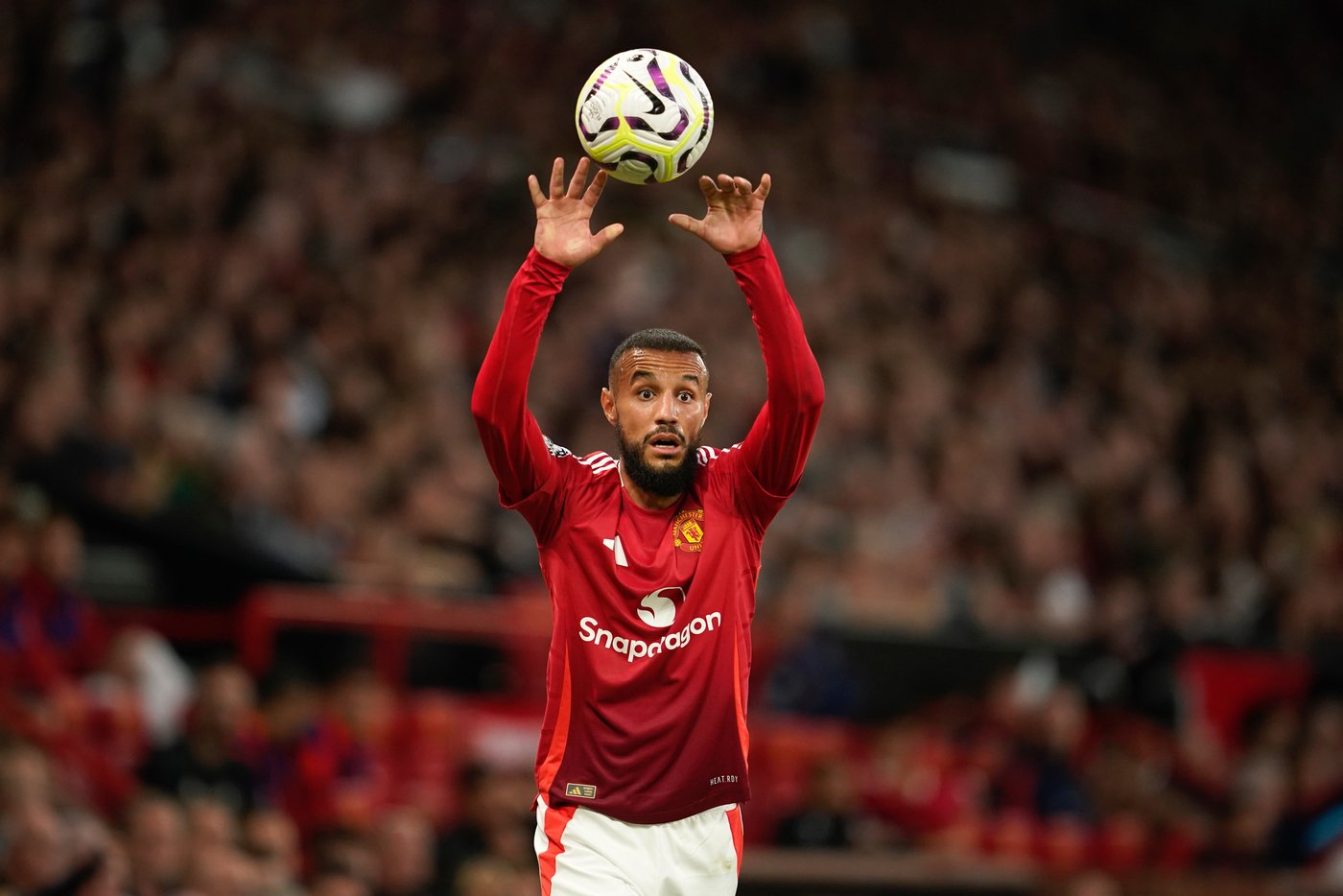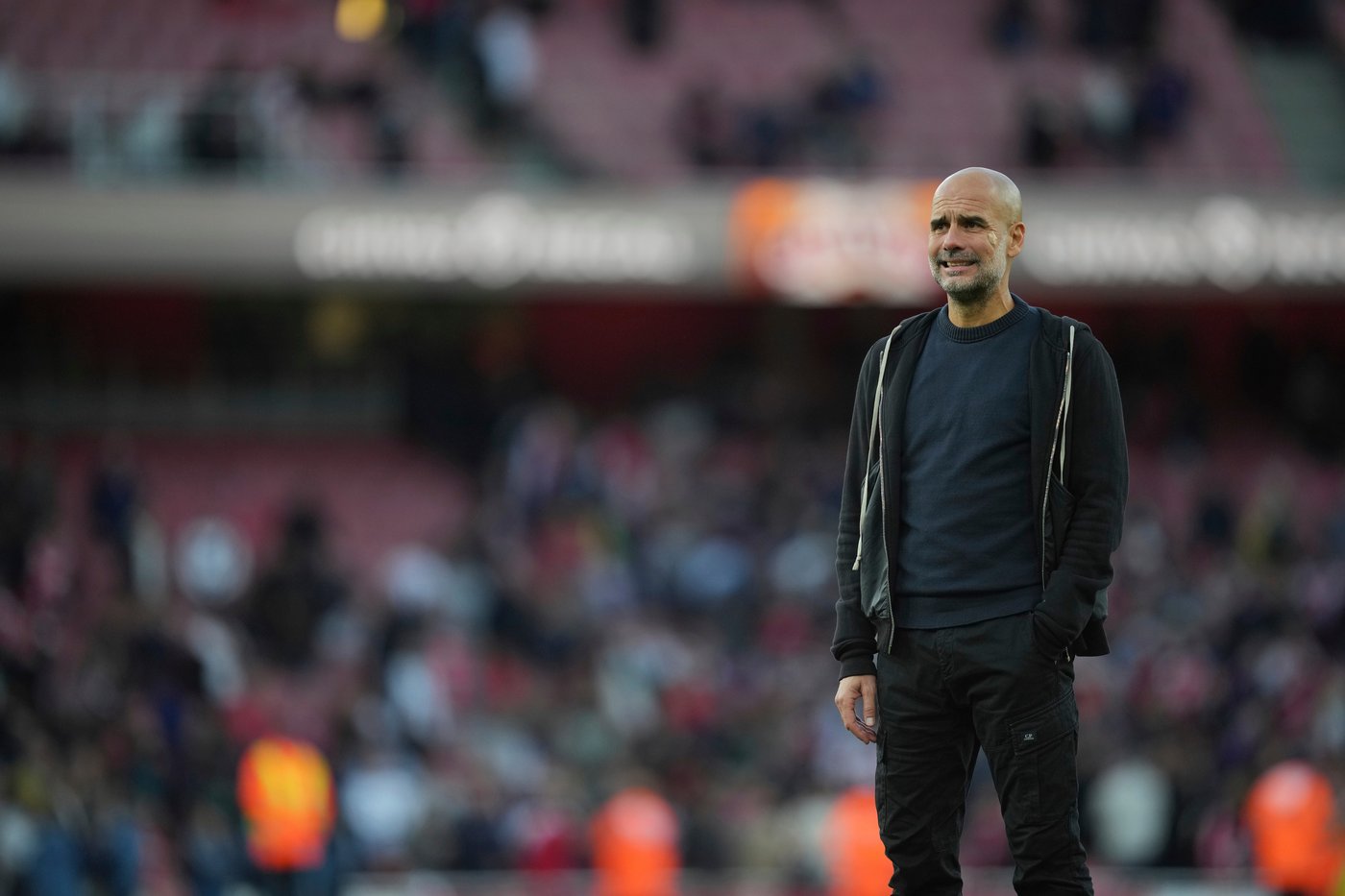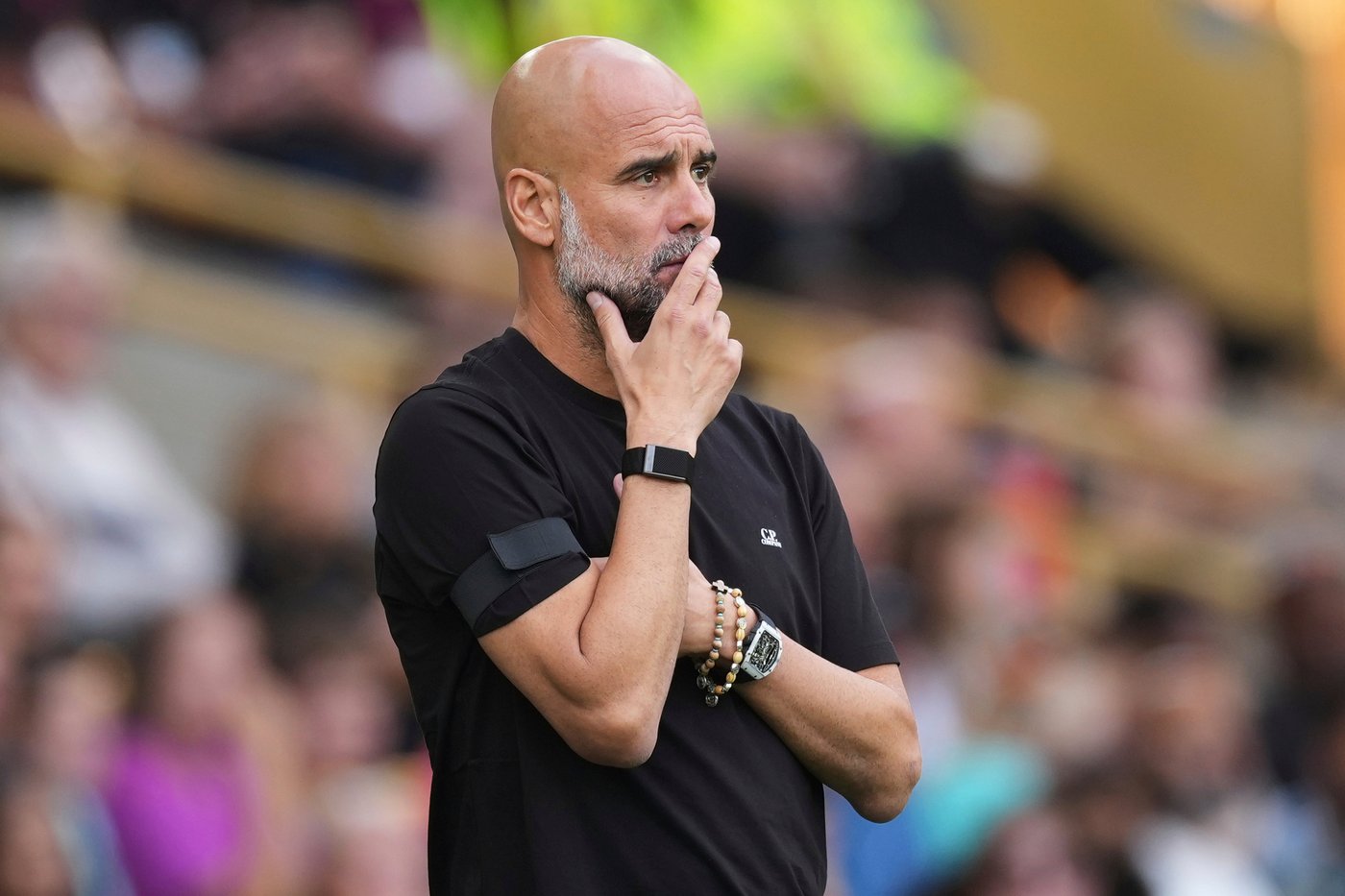Elevate your local knowledge
Sign up for the iNFOnews newsletter today!
Sign up for the iNFOnews newsletter today!
Selecting your primary region ensures you get the stories that matter to you first.

Turns out Thomas Tuchel was right.
The soccer season was only a few weeks old when the England coach expressed his belief that old-school tactics were back in vogue.
Long throw-ins. Long clearances by goalkeepers. Crosses into the box for tall strikers.
“All these patterns are back,” Tuchel said, generating some mild surprise among an English soccer audience that has been enchanted over the past decade by a Pep Guardiola-influenced style of play where possession of the ball was king.
Well, Tuchel’s assessment has proved to be accurate, with teams from the lucrative, glitzy Premier League — heck, even Guardiola’s slick Manchester City side — showing a predilection for unfashionable tactics that were once mainstays of the English game but had largely been drummed out of it.
Here’s a look at how soccer has gone back to basics in what has been almost a tactical revolution in the search for marginal gains:
Rugby-style kickoffs
Instead of cherishing possession, many teams are happy to get rid of the ball immediately in a style reminiscent of how rugby matches are started.
Imitating an approach taken by Paris Saint-Germain last season on the way to winning the Champions League, some teams — including Newcastle, Arsenal and Crystal Palace, for example — have opted to boot the ball out of play deep in opposition territory straight from the kickoff. The idea? To pen rivals in their own half and force a turnover from the throw-in.
Then there’s Bournemouth. In one match this season, the ball was played back to a Bournemouth player at the kickoff and he teed it up to himself and booted it high into the air, toward the opposition penalty area, as his teammates chased after it. It’s a play commonly seen in rugby. But soccer?
Bournemouth coach Andoni Iraola described it as a tactic to “create some momentum.”
“It’s a matter,” he says, “of we always want to have the first chance, the first set-play before the other teams start playing.”
Long throw-ins
Around 20 years ago, Rory Delap, a midfielder for Stoke, became a household name because of the way he launched throw-ins into opposition penalty areas during Premier League games.
The tactic is suddenly back in fashion.
There have been 262 long throws into the opposition penalty area in the first seven rounds of this season’s Premier League, according to Opta, which provides statistics for the competition. Opta says that is already 45% of the total of the whole of last season.
In the last round of games, Manchester United’s first goal in its 2-0 win over Sunderland — scored by Benjamin Sesko — came from that source. A day later, Brentford defender Michael Kayode bombarded Man City’s area with throw-ins from pretty much anywhere past the halfway line.
The long throw-in can be hard to defend because of its lower trajectory and increased accuracy compared to a cross. They also can cause chaos.
Clubs are even hiring specific throw-in coaches, such as Thomas Gronnemark, who worked under Jurgen Klopp at Liverpool and more recently Brentford — a team well-known for being driven by data — for the past three seasons.
“Football’s a low-scoring sport,” Gronnemark tells The Associated Press in a phone interview. “It would be another thing if it was basketball, for example, where you score 100 points. But in football, just one goal can make the difference.”
Gronnemark said teams have barely touched the surface of what they are capable from throw-ins.
“I still see a lack of movement and individual space creation,” he said. “I hope, in the future, the amount of throw-ins that are creative and fantastic will rise.”
The big No. 9
In the 1970s and ’80s, English soccer had a reputation for being less technical and more physical than many of its European counterparts, often relying on having a tall, physical striker to pump the ball toward and release pressure.
Guess what? That type of center forward was the most sought-after commodity in the most recent transfer window.
Man United signed the 1.95-meter (6-foot-4) Sesko, Newcastle signed 1.99-meter (6-foot-5) Nick Woltemade. Chelsea and Arsenal signed Liam Delap and Viktor Gyokeres, respectively — two strikers who love the physical battle. Man City already had one of them in Erling Haaland.
It’s a sign of the times.
The long ball
There has been a trend in recent years — essentially since Guardiola arrived in England in 2016 — of goalkeepers starting attacks by playing short passes to defenders rather than kicking the ball long to a big striker, as was the tradition.
The rise in teams pressing high up the field in an attempt to recover possession has given goalkeepers the option of beating the press by sending the ball long, and that’s what is increasingly happening now.
Even Guardiola has eschewed his long-held beliefs. Over the past month, he has sold his ball-playing goalkeeper of the past eight years, Ederson Moraes, and set up City in a never-before-seen low block against Arsenal to rely on the counterattack or long ball to Haaland.
“I’d prefer to not do it but you can’t expect at this level to not do it,” Guardiola said. “It’s impossible.”
Set-pieces
Set-pieces are the ultimate leveler, a way for teams to pick up cheap goals or combat opponents without needing to spend tens of millions of pounds on superstar players.
They have soared in importance in the Premier League and now most clubs have specialist coaches in this area, such as Nicolas Jover at Arsenal and Austin MacPhee at Aston Villa. Keith Andrews was employed by Brentford as a set-piece coach and is now the team’s manager.
According to the BBC, 28.4% of goals scored in the first six rounds of the Premier League came from set-pieces, the highest in any of the past 10 seasons.
Under Jover, Arsenal has thrived in this area, scoring 36 goals from corners since the start of the 2023-24 season — 15 more than anyone else.
Strong at set-pieces; utilizing the long throw-in and the strategic kickoff; a new, physical No. 9 — Arsenal might be the embodiment of this back-to-basics approach in English soccer.
The team, naturally, is top of the standings.
___
AP soccer: https://apnews.com/hub/soccer



Want to share your thoughts, add context, or connect with others in your community?
You must be logged in to post a comment.